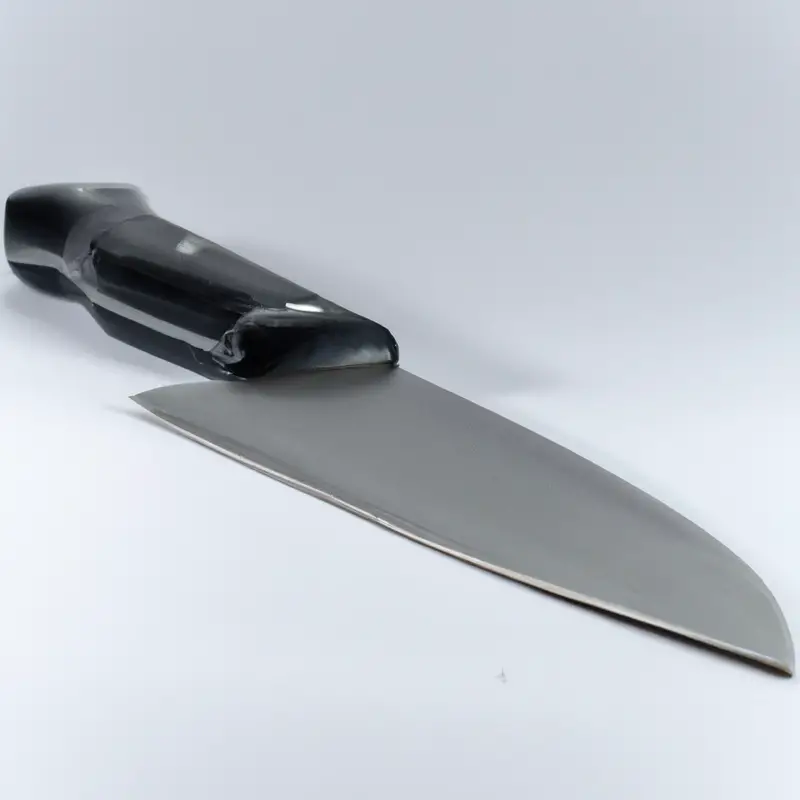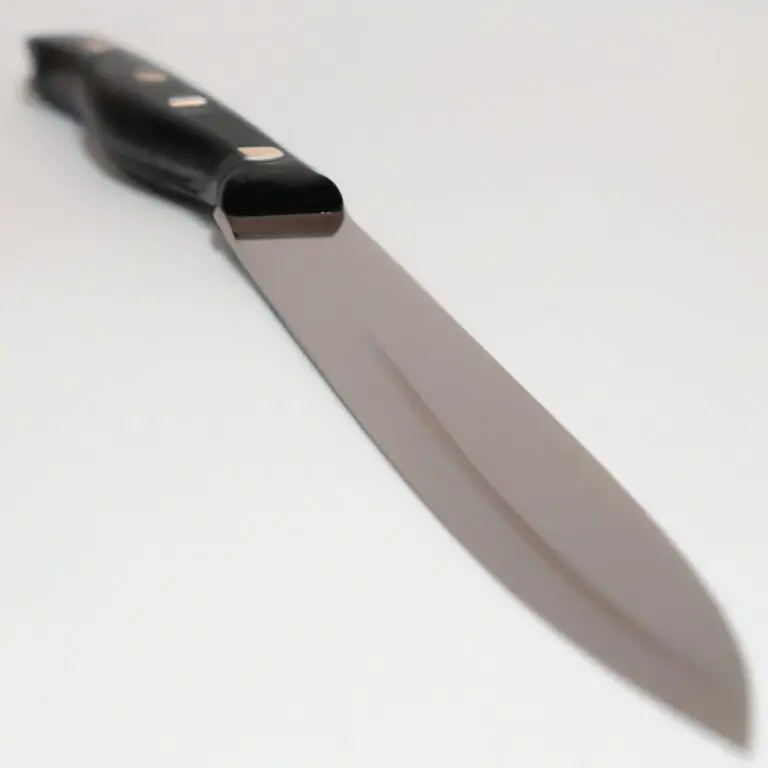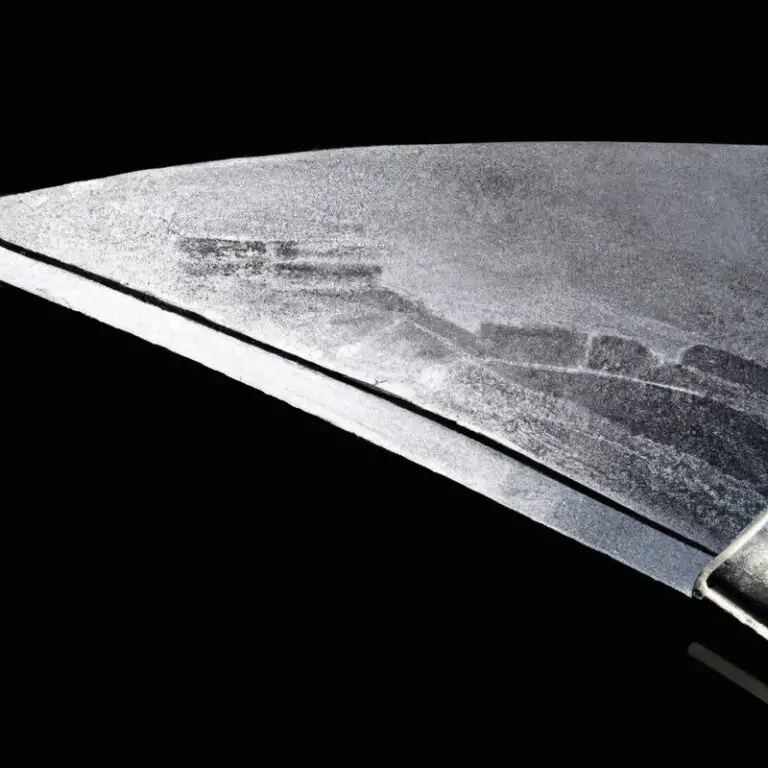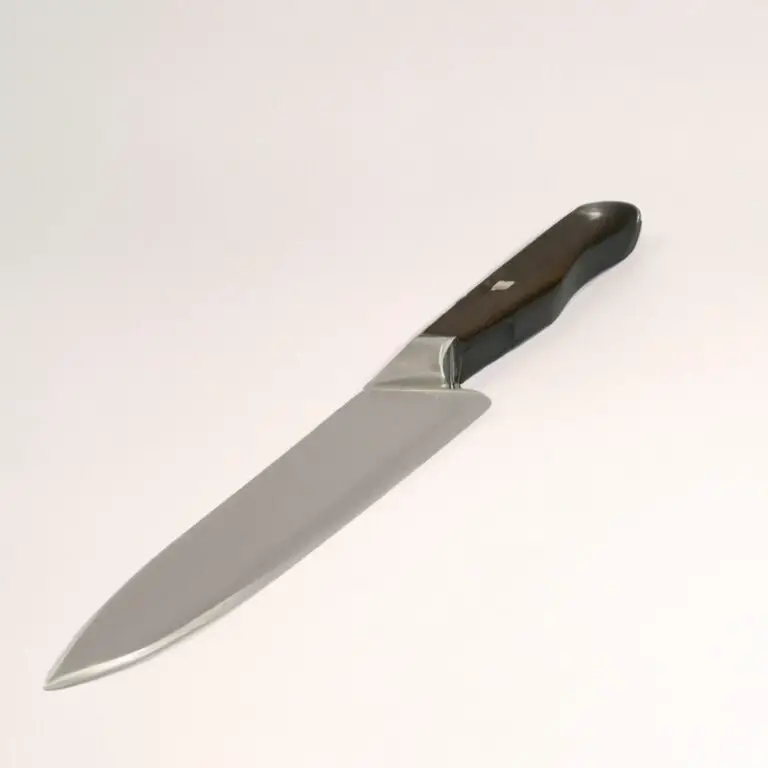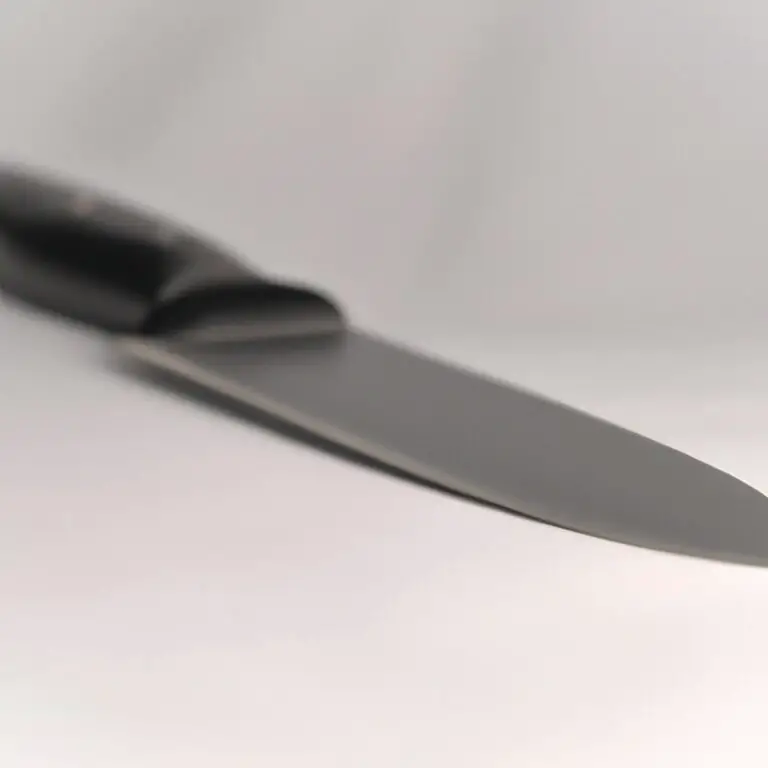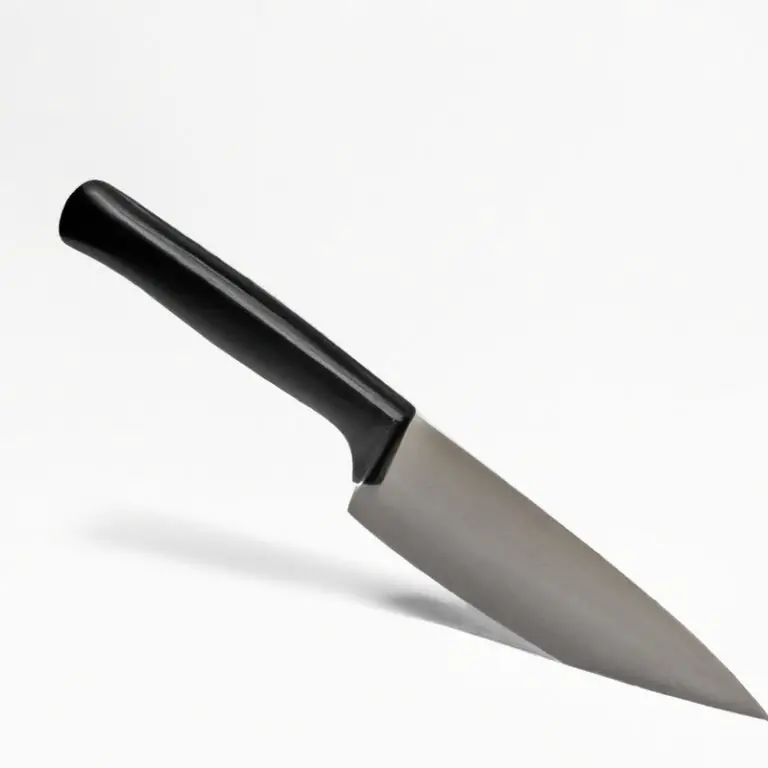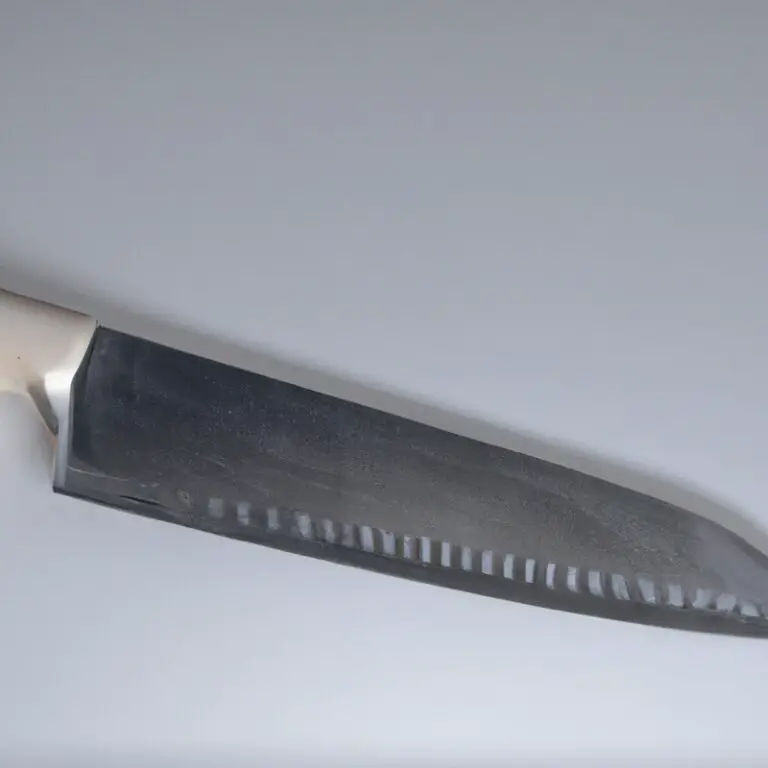How To Maintain And Sharpen a Chef Knife?
Key Takeaways:
- Proper knife maintenance requires routine cleaning and sharpening to preserve its sharpness and longevity.
- Honing and sharpening a chef knife regularly will improve its performance and decrease the risk of injury.
- Understanding the angle of the blade and using the appropriate sharpening tools are critical to maintaining the quality of the blade.
- Investing in a high-quality chef knife and regularly maintaining it can save time and money in the long run.
As a professional chef, my trusty chef knife is an extension of my arm in the kitchen. It’s essential to keep it sharp and well-maintained to effortlessly slice, dice, and chop through any ingredient.
But how do you maintain and sharpen a chef knife correctly?
In this article, I’ll guide you through the anatomy of a chef knife, proper cleaning techniques, the difference between honing and sharpening, and how to create a routine maintenance and sharpening schedule. With these tips, you’ll be able to keep your chef knife in top shape for all your culinary creations.
| Step | Description |
|---|---|
| Step 1 | Wash the knife with warm soapy water and dry it thoroughly with a towel. |
| Step 2 | Place a damp towel on the countertop and put a non-slip pad or wet paper towel underneath it to prevent it from sliding. |
| Step 3 | Hold the knife at a 20-degree angle with the sharpening stone (coarse grit) in one hand and the knife handle in the other hand. |
| Step 4 | Begin sharpening the heel of the blade by drawing the knife down towards the tip while maintaining the 20-degree angle. Use light pressure and repeat this motion 5-10 times. |
| Step 5 | Repeat the same motion on the other side of the blade until a burr is formed on both sides. |
| Step 6 | Flip the stone over to the fine grit and repeat steps 4-5 until the burr is removed and the blade is sharp. |
| Step 7 | Remove any metal shavings from the blade with a damp cloth or paper towel. |
| Step 8 | Hone the blade with a honing rod by holding it at a 20-degree angle and drawing it down from the heel towards the tip. |
| Step 9 | Repeat steps 3-8 regularly to maintain the sharpness of your knife. |
Understanding the anatomy of a chef knife for proper maintenance and sharpening
For proper maintenance and sharpening of a chef knife, it is essential to understand its anatomy. A chef knife typically consists of a blade, a bolster (the thick junction between the blade and handle), a handle, and a tang (the part of the blade that extends into the handle).
The blade is the most critical part of a chef knife and is made of high-quality steel.
It comes in different lengths and widths, and the curve or belly of the blade can range from slight to dramatic. The edge of the blade is what does the cutting and requires regular maintenance to remain sharp.
The bolster, situated between the blade and handle, provides balance and stability to the knife.
It also protects the fingers from slipping onto the blade when in use. The handle can come in a variety of materials such as wood, plastic or metal, and provides the grip for the user.
Handles need to be properly cleaned and dried after each use to avoid any bacteria buildup.
The tang, which extends into the handle, gives the knife balance and strength. A full tang is generally preferred as it offers maximum stability and strength.
Understanding the anatomy of a chef knife helps in proper maintenance and sharpening.
Regular cleaning, honing, and sharpening of the knife can ensure a longer life and efficient use.
The importance of maintaining a clean and dry chef knife after each use
It is essential to maintain a clean and dry chef knife after each use. Not only does it help prevent bacterial growth, but it also ensures the longevity of the knife.
A filthy knife can transfer flavors and odors, affecting the taste and quality of the food.
Leaving the knife wet can cause rust and corrosion, which can damage the blade over time. Additionally, a dirty handle and a slippery blade can lead to accidents in the kitchen.
Therefore, it is recommended to clean the blade with warm water and soap, dry it with a towel, and store it in a dry place.
A good practice is to wipe the blade after each use and wash it thoroughly at the end of the day. By maintaining a clean and dry chef knife, one can ensure a safe and efficient cooking experience while increasing the durability and lifespan of the knife.
Using a honing rod to maintain the sharpness of a chef knife
Using a honing rod is an effective way to maintain the sharpness of a chef knife. A honing rod does not sharpen a dull blade; instead, it realigns the edge of the knife to ensure that the blade remains in good condition.
When using a honing rod, hold the knife at a 15-20 degree angle and gently run the blade against the rod, starting at the base of the blade and moving towards the tip.
Repeat this process on the other side of the blade. Regular use of a honing rod can extend the life of your chef’s knife and keep it in optimal condition between sharpenings.
Proper cleaning techniques for the handle and blade of a chef knife
To maintain the longevity and performance of your chef knife, it is crucial to properly clean the handle and blade after each use. Here are some proper cleaning techniques for your chef knife:
- Hand wash: Always hand wash your chef knife using a mild dish soap and warm water. Avoid using harsh detergents or bleach that could harm the blade and damage the handle.
- Dry immediately: After washing, immediately dry the handle and blade with a clean, dry towel. Moisture left on the blade can lead to rust and corrosion.
- Avoid soaking: Avoid soaking the knife in water for an extended period as it can cause the handle to warp and damage the blade’s sharpness.
- Don’t use abrasive sponges: Avoid scrubbing the blade or handle with abrasive sponges as it can scratch the surface.
- Store properly: Store your chef knife in a knife block or a magnetic strip to protect the blade and avoid accidents.
By following these proper cleaning techniques, you can keep your chef knife clean and in top-notch condition. A clean and sharp knife makes cooking effortless and enjoyable.
Using a sharpening stone to sharpen a chef knife
Using a sharpening stone is an effective way to sharpen a dull chef knife. To start, wet the stone with water or oil and hold it steady on a non-slip surface.
Hold the knife at the correct angle, usually 20 degrees, and slide it across the stone in a sweeping motion.
Repeat on the other side for an even sharpening. Use a finer-grit stone to finish the edge and maintain a smooth blade.
Keep the blade lubricated with water or oil while sharpening.
Remember that using a sharpening stone removes a small amount of metal from the blade, so do not use this method too frequently as it can shorten the lifespan of the knife.
Understanding the difference between honing and sharpening a chef knife
Understanding the difference between honing and sharpening a chef knife is crucial for maintaining the knife’s performance. Honing a knife is the process of realigning the blade’s edge without removing any material.
It involves using a honing rod to straighten the blade’s microscopic teeth, which can become bent or misaligned during use.
On the other hand, sharpening a knife involves removing material from the blade’s edge to create a new, sharper edge. This process requires the use of a sharpening stone or other sharpening tool.
It is essential to note that honing and sharpening are not interchangeable terms.
While honing helps maintain a knife’s sharpness, it does not replace the need for occasional sharpening. A dull knife can be dangerous and inefficient, even if it has been recently honed.
When honing a knife, it is crucial to hold the honing rod at the correct angle and apply consistent pressure along the blade’s edge.
Professional chefs may hone their knives before each use to ensure optimal performance. In contrast, sharpening requires a more detailed process that involves determining the blade’s bevel angle and using a sharpening stone or other sharpening tool to grind away material from the blade’s edge.
It is recommended to have a professional sharpen a knife or to use a sharpening tool once or twice a year, depending on how often the knife is in use.
Understanding the difference between honing and sharpening and when to perform each process is critical to maintaining a chef knife’s longevity and performance. A well-maintained chef knife can make meal preparation easier, safer and more efficient.
Determining the correct angle to sharpen a chef knife
To determine the correct angle to sharpen a chef knife, it is essential to consider the type of knife and its intended use. A typical chef’s knife has a blade angle of 20 degrees, while Japanese knives have a blade angle of 15 degrees.
When using a sharpening stone, it is crucial to match the angle of the blade to the angle of the stone.
A common method to determine the correct angle is to use a sharpening guide, which attaches to the knife and helps maintain consistent angles during sharpening. However, if a sharpening guide is not available, one can estimate the angle by holding the knife at a consistent angle against the stone.
Start with a higher angle and gradually reduce it until a burr is formed on the opposite side of the blade.
It is crucial to maintain a consistent angle during sharpening and to avoid over-sharpening, which can cause the blade to become too thin and brittle. It is better to sharpen the knife more frequently and with caution than to overdo it.
Overall, determining the correct angle to sharpen a chef knife requires some knowledge of the knife’s design, intended use, and maintenance requirements.
By taking care when sharpening and maintaining a consistent angle, one can keep their chef knife sharp and effective for longer.
Avoiding common mistakes when sharpening a chef knife
When it comes to sharpening a chef knife, there are some common mistakes that people usually make. These mistakes can lead to a dull or damaged blade, making it difficult to use the knife effectively or even causing injury to the user.
Avoid these mistakes when sharpening your chef knife:
- Using the wrong sharpening angle – Always make sure to use the correct angle when sharpening your chef knife. Using the wrong angle can cause damage to the blade or make it even duller.
- Using too much pressure – Applying too much pressure while sharpening can cause the blade to become misshapen, making it difficult to use properly.
- Not using enough water or lubricant – Using a sharpening stone without enough water or lubricant can cause the blade to overheat, leading to damage or warping.
- Not properly cleaning the blade before sharpening – It’s important to clean the blade before sharpening to remove any debris or buildup that can interfere with the sharpening process.
By avoiding these common mistakes, you can keep your chef knife sharp, safe, and effective for all your culinary needs.
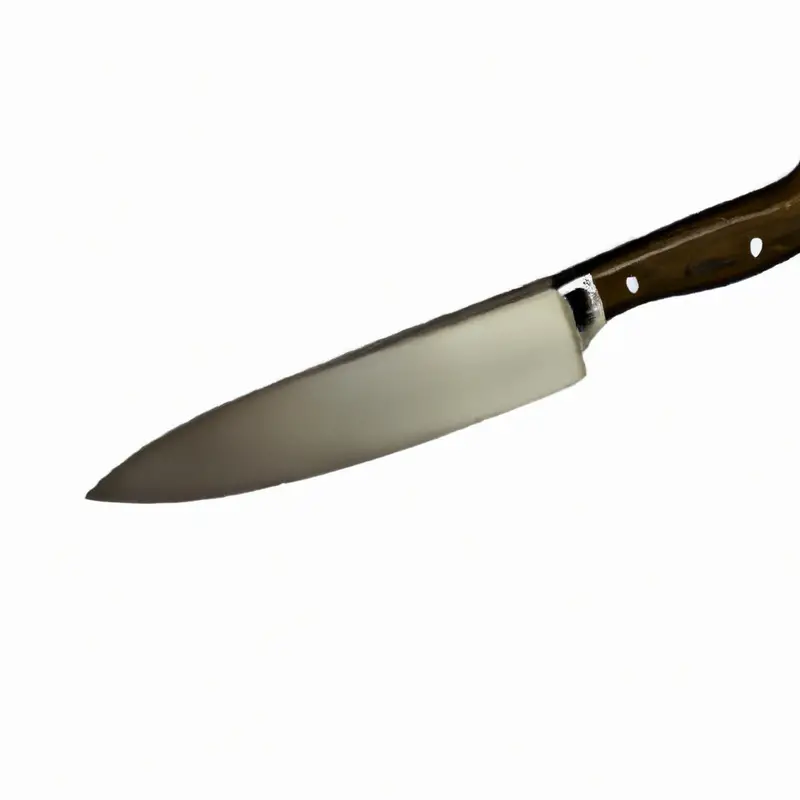
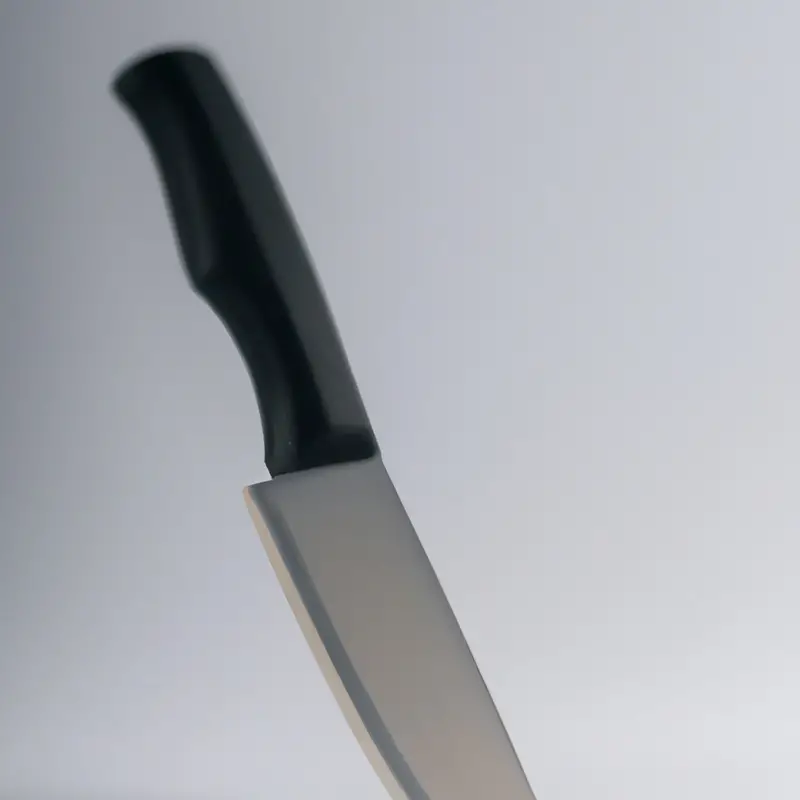
The benefits of investing in a high-quality chef knife
Investing in a high-quality chef knife has several benefits. First and foremost, high-quality knives are made of durable materials that are less prone to damage or wear and tear.
This means that they will last longer and require fewer replacements than low-quality knives.
A good-quality chef knife also provides better precision and control when cutting and chopping. This is especially important for professional chefs who need to prepare food quickly and efficiently.
A high-quality knife allows them to make precise cuts, which not only enhances the overall appearance of the dish but also ensures that the food is cooked evenly.
Furthermore, the ergonomic design of a high-quality chef knife improves overall comfort and reduces the risk of injury. A comfortable grip ensures a firm and secure hold, which can reduce fatigue, tension, and strain on the hand and wrist.
Investing in a high-quality chef knife is not only beneficial to professionals but also to home cooks who value cooking with precision and efficiency.
A good knife can make cooking enjoyable, efficient, and reduce the time it takes to prepare a meal. Investing in a high-quality chef knife can benefit your cooking experience in several ways, including durability, precision, control, comfort, and ease of use.
Creating a routine maintenance and sharpening schedule for a chef knife
Creating a routine maintenance and sharpening schedule for a chef knife is crucial for prolonging its lifespan. It ensures that the knife works effectively and efficiently when preparing meals.
A routine maintenance schedule includes regular cleaning and honing of the knife’s blade after each use, while a sharpening schedule will depend on how often the knife is used.
A chef knife that sees regular use may require sharpening once a month, while a knife used less frequently may only require sharpening a few times a year. It is important to examine the blade carefully before deciding when to sharpen.
A knife with minor nicks or chips will only require honing, while more significant damage trends may indicate the need for professional repair.
Creating a routine maintenance and sharpening schedule for a chef knife will help maintain its quality and effectiveness, decreasing the risk of injury and food contamination while optimizing the chef’s output.
Final Verdict
Understanding how to properly maintain and sharpen a chef knife is crucial for both the longevity of the knife and the safety of the user. By following the steps outlined in this article, including regular cleaning, honing, and sharpening techniques, you can ensure your chef knife remains in optimal condition.
Remember to invest in a high-quality chef knife and determine the correct angle for sharpening to avoid common mistakes.
By implementing a routine maintenance and sharpening schedule, you will be able to maintain the sharpness and effectiveness of your chef knife for years to come. Trust in the expertise presented here as you perfect your own techniques and take your culinary skills to the next level.

